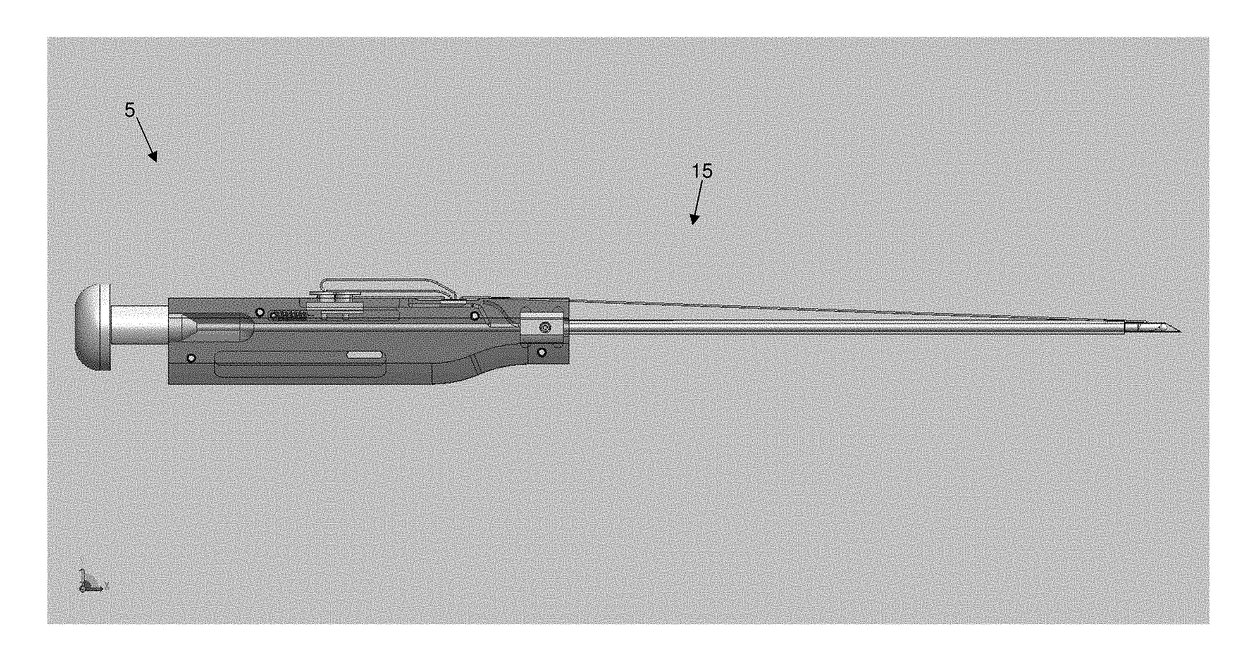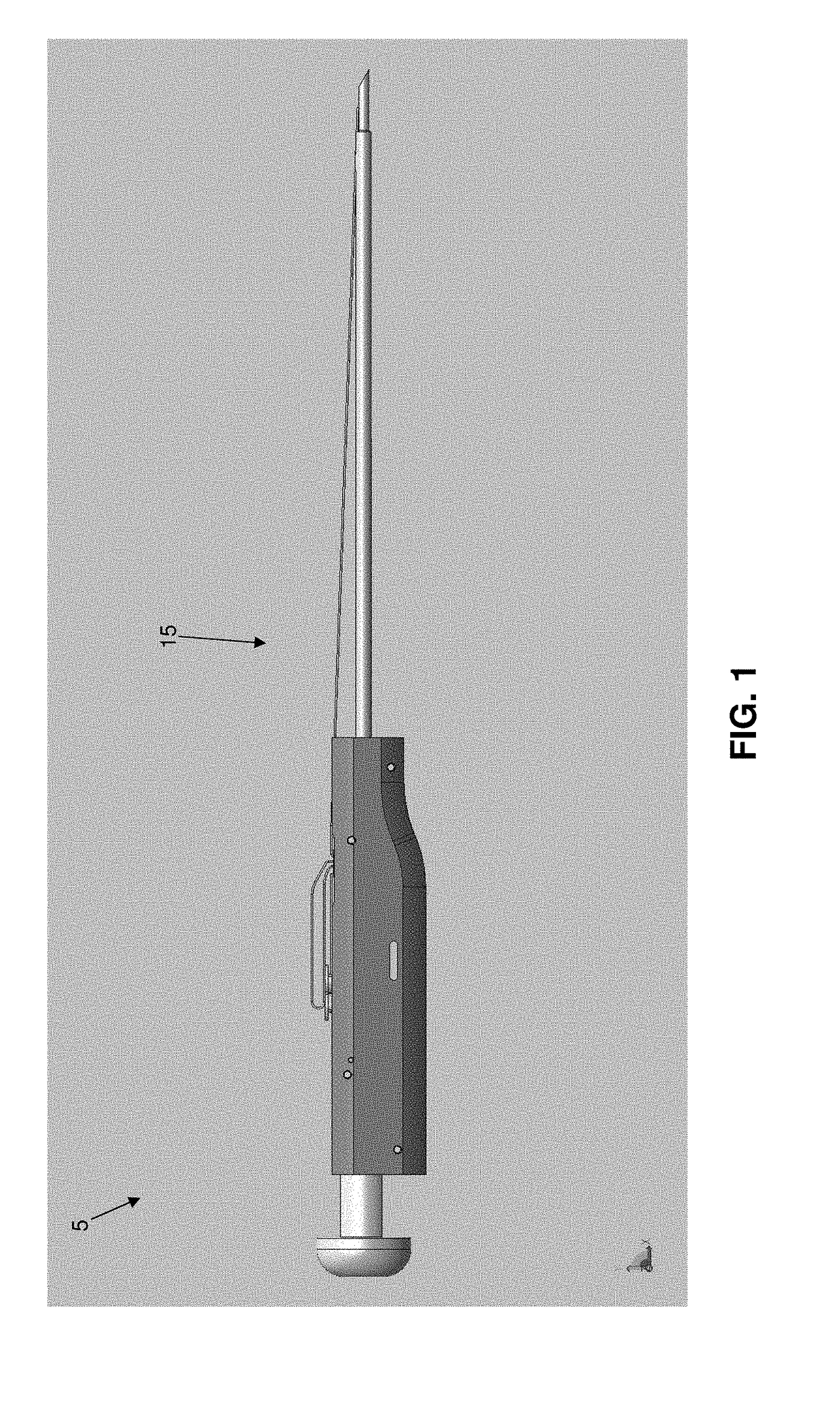Method and apparatus for closing a fissure in the annulus of an intervertebral disc, and/or for effecting other anatomical repairs and/or fixations
a technology of intervertebral disc and annulus, which is applied in the field of treatment of degenerative disc disease, can solve the problems of less effective control of vertebral motion by redundant annular fibers, less ability to absorb compressive loads, and frequent patient pain caused by degenerative disc disease. achieve the effect of enhancing the toggling of the anchor componen
- Summary
- Abstract
- Description
- Claims
- Application Information
AI Technical Summary
Benefits of technology
Problems solved by technology
Method used
Image
Examples
Embodiment Construction
[0107]The present invention comprises the provision and use of a novel system for closing a fissure in the annulus of an intervertebral disc, whereby to treat degenerative disc disease.
[0108]The present invention also provides a new and improved method and apparatus for effecting other anatomical repairs and / or fixations.
Novel System for Closing a Fissure in the Annulus of an Intervertebral Disc and / or for Effecting Other Anatomical Repairs and / or Fixations
[0109]More particularly, and looking first at FIGS. 1 and 2, there is shown a novel system 5 for, among other things, closing a fissure in the annulus of an intervertebral disc. System 5 generally comprises an anchor assembly 10 (FIGS. 1-3) and an inserter 15 (FIGS. 1, 2 and 4).
Novel Anchor Assembly
[0110]Looking now at FIGS. 3 and 5-8, anchor assembly 10 generally comprises a distal anchor 20, a proximal anchor 25, and a suture 30 connecting distal anchor 20 and proximal anchor 25.
Novel Distal Anchor
[0111]As seen in FIGS. 5, 6 and...
PUM
 Login to View More
Login to View More Abstract
Description
Claims
Application Information
 Login to View More
Login to View More - R&D
- Intellectual Property
- Life Sciences
- Materials
- Tech Scout
- Unparalleled Data Quality
- Higher Quality Content
- 60% Fewer Hallucinations
Browse by: Latest US Patents, China's latest patents, Technical Efficacy Thesaurus, Application Domain, Technology Topic, Popular Technical Reports.
© 2025 PatSnap. All rights reserved.Legal|Privacy policy|Modern Slavery Act Transparency Statement|Sitemap|About US| Contact US: help@patsnap.com



